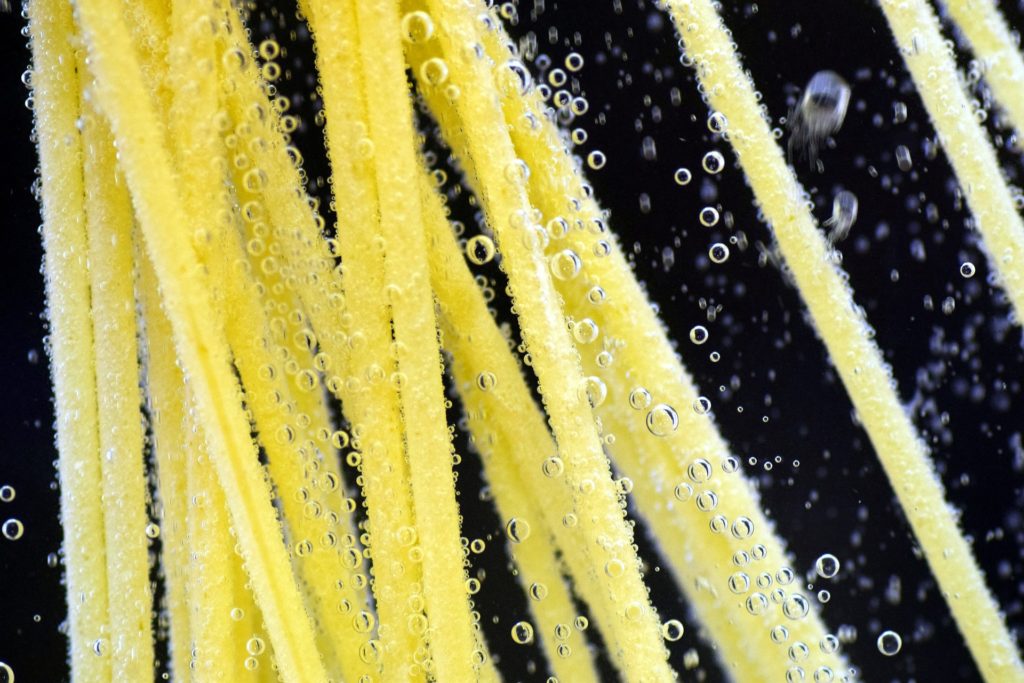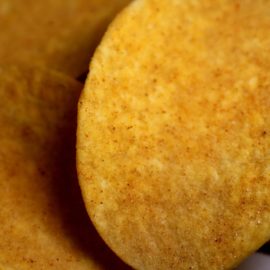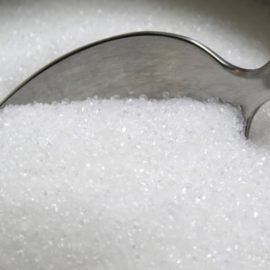
Whenever we cook pasta, we often add salt to water. But for many people, they believe that sprinkling salt is done to cook the pasta at a much faster rate. But what does science say? Well, sadly, it is hardly true. Chemically speaking, salt really does raise the boiling point of water, but not at an appreciable rate. To better explain this, let’s go back to basic science.
SALT DOES NOT SIGNIFICANTLY AFFECT THE COOKING RATE OF PASTA
The normal boiling point of water is 212°F (100°C), this is pure water at sea level. Once water is boiling, the temperature will no longer rise past the boiling point. Adding more heat will not decrease the cooking time. Furthermore, heat past the boiling point will make the water to evaporate, and thus no longer available to cook the pasta. In order to cook pasta faster, the water’s boiling point has to be raised. This is the reason why frying is a faster method of cooking than water-based cooking such as boiling, broiling, and steaming.
You might also like: What’s The Best Way To Keep Pasta From Sticking?
The so-called boiling point elevation happens when the boiling point of a liquid becomes higher when a compound, such as salt, is added. The thing is that almost any solid is capable of raising the boiling point of water. But how much exactly? I have discussed hardness in water in an earlier article. Basically, hardness refers to the amount of mineral salts that water contains. Hard water generally contains mainly calcium and magnesium, whereas soft water contains more sodium.
If water contains a significant amount of minerals, then the water’s boiling point may be elevated. But the thing is, it is not much of a change. In fact, you would need about 4 tablespoons of salt to raise the boiling point of 1 quart (946.0 ml) water by one half of a degree. And if you are going to make a difference in cooking time, too much salt will only make the pasta inedible.
Generally, you only need 1 1/2 tablespoons of salt per pound of pasta.
Fortunately, salt is more than just raising the water’s boiling point.
SALT ADDS FLAVOR TO PASTA
I mentioned in this article that salt is the universal flavor enhancer. It is especially true when you add salt to pasta water. The elevated temperature during cooking allows the pasta to absorb some of the salt. This allows the salt to impart flavor from the inside out. If you are going to season the pasta only after cooking, you are just making an inferior tasting pasta since the salt would just sit on the surface, not dispersed throughout the pasta.
As for the type of salt to use, most types will do, but not iodized salt. Iodized salt usually imparts a bitter off-taste. This is the reason why it is a big no-no in many professional kitchens.
SALT ALSO REMOVES THE STICKY STARCH
Salt barely changes the boiling point of water. Its notable effect though is how it helps in cooking the pasta al dente (“to the tooth”), which should be the only way to cook pasta—neither hard nor soft, but firm when bitten.
You might also like: How Long Is Leftover Pasta Good For?
Salt does its part by affecting how the starch cooks. Pasta is a starchy food. The gluten, a protein found in pastas, encases the starch granules. It provides pasta its many shapes and chewy texture. During cooking, the starch granules swell and eventually open, allowing them to absorb water irreversibly. Then they coalesce into a gel in a process called gelatinization. By definition, gelatinization is a process where water and starch are subjected to an elevated temperature, causing the starch to swell. This post further explains starch gelatinization.
Gelatinization temperature varies according to the type of starch. Pasta is typically made from wheat starch, which gels at around 131ºF (55ºC). The presence of salt interferes with this process. Generally, salt increases the temperature at which a starch mixture thickens. In other words, salt decreases starch gelatinization in the pasta. Another good thing is that salt reduces the amount of water the pasta absorbs, keeping it firm and easier to cook.


